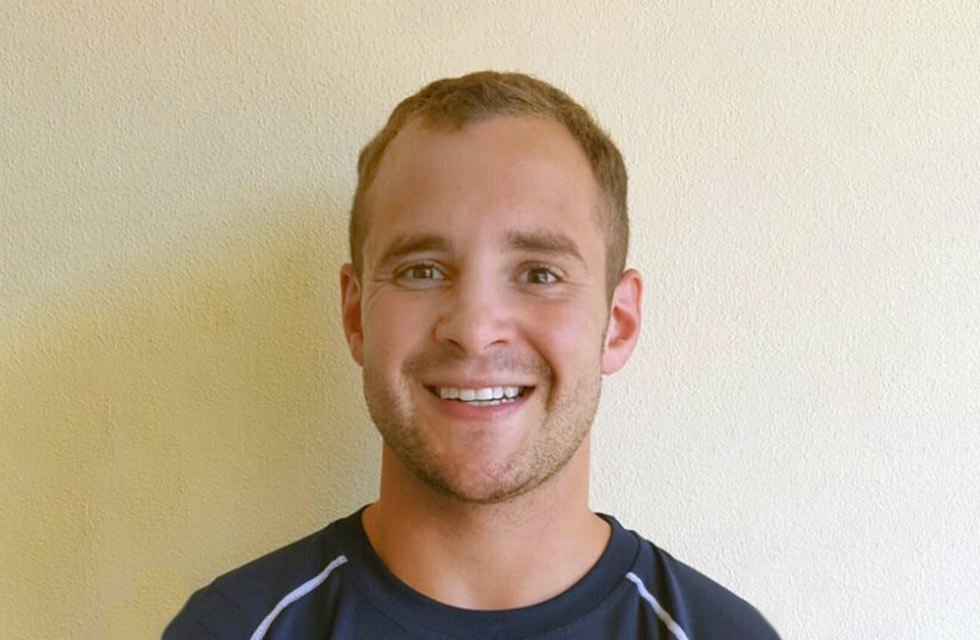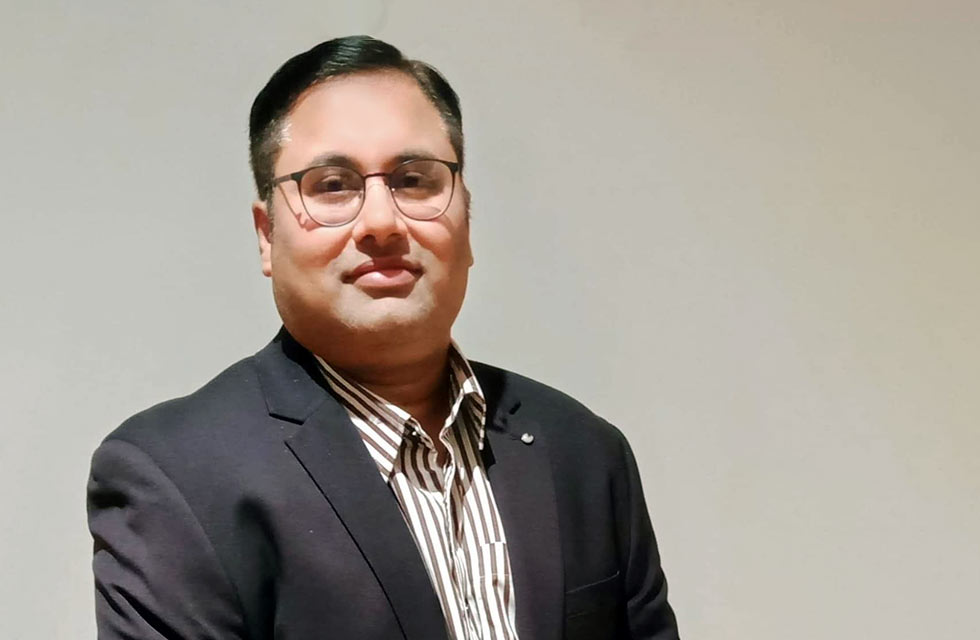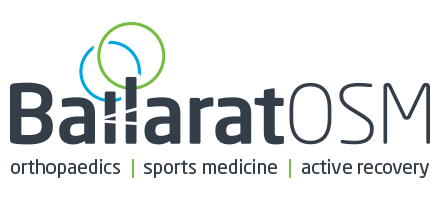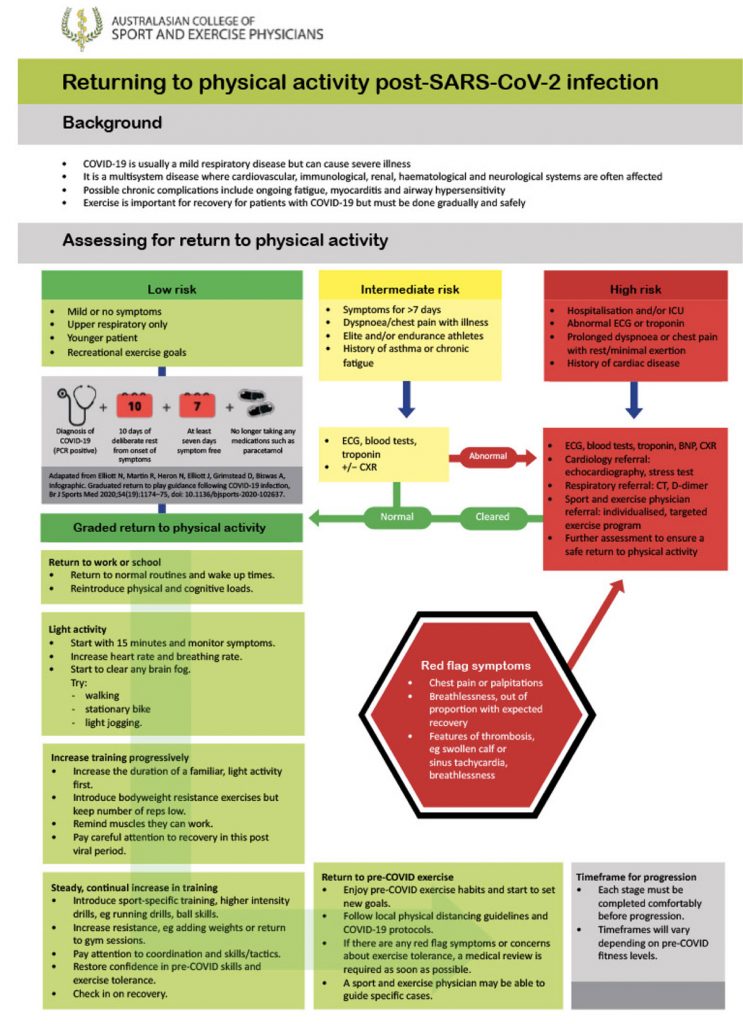Our much-loved Sport & Exercise Medicine Registrar Dr James Ooi has moved on after a two-year stint at Ballarat Sports Medicine to continue his training in Melbourne. We hope James will venture back to Ballarat once he attains his specialist qualifications and can once again serve the Ballarat community.
This has made way for our new Sport & Exercise Medicine Registrar, Dr Bryn Savill. Bryn graduated from his Medical Degree (Cardiff University, Wales, UK) in 2014 after completing a Sports Science degree (Loughborough University, England, UK). To further specialise, he then completed a Sports & Exercise Medicine Diploma degree whilst working in the hospital system in the UK before coming over to Melbourne.
He has many years of experience across a range of sports, especially rugby, both Union and League. He is currently the team doctor for the Melbourne Rebels and has been for the past 5 years, whilst he was also the team doctor for the Fiji Rugby Union for 3 years including the 2019 Rugby World Cup in Japan. He has worked in a number of other sports including AFL, soccer, Horse Racing and disability sport both in Australia and the UK. This experience has given him a passion for dealing with sports related injuries such as concussion, and other musculoskeletal injuries.
In addition to his clinical experience, Bryn has a strong interest in education and has led and been part of UK & European-wide Sports Medicine committees and is currently on the board of the Victorian Council of Sports Medicine Australia (SMA). Bryn was accredited as a World Rugby Medical Educator last year with the aim of improving medical management of trauma on the rugby field amongst sports trainers and medical personnel. In his spare time, Bryn enjoys running, cooking and playing in his local touch rugby competition.
Bryn will be available for consultations very soon with bookings available online. Referrals are preferred, but not absolutely essential. Patients will be no more than $50 out of pocket for initial consultations (excluding interventions/braces/other stock items).

Sport & Exercise Medicine Registrar

Sport & Exercise Medicine Physician
In addition, we are delighted to welcome Dr Sachin Khullar, Sport & Exercise Medicine Physician to complement Dr Greg Harris. Sachin values respect, compassion, integrity, excellence and targets treating his patients with a holistic approach with a strong belief in the power of mind to help treat chronic musculoskeletal problems.
Sachin is a fellow of Australasian College of Sport and Exercise Medicine and has completed his Diploma in Sports Medicine with the International Olympic Committee. He has a background of being a Trained orthopaedic surgeon and has worked as Consultant Orthopaedic surgeon in his native India and in the Maldives. He has been active in ongoing research with many publications to his name.
Dr Khullar has many sporting pursuits. One of the highlights of his professional career has been him being a team leader and field of play doctor for Track cycling in Rio Olympics, 2016. He was a part of the medical team of the Richmond Football Club during their breakthrough premiership
year of 2017. He has travelled with Australian elite athletes and has provided expertise to various athletes in gymnastics, boxing, water polo, rugby, cycling and many other disciplines. He continues to work with AFL and the Vic Metro football team.
He will be consulting in Ballarat on Thursdays, with bookings available online or by calling the rooms.
Lastly, Dr Greg Harris, the head of Ballarat Sports Medicine not only practices in Ballarat, but also practices in Hoppers Crossing. Frequently you will be able to see Greg sooner by visiting Hoppers Crossing. If Hoppers Crossing is a more convenient option for you, appointments for Hoppers Crossing can be found online for Greg and can be arranged by phoning the rooms.


